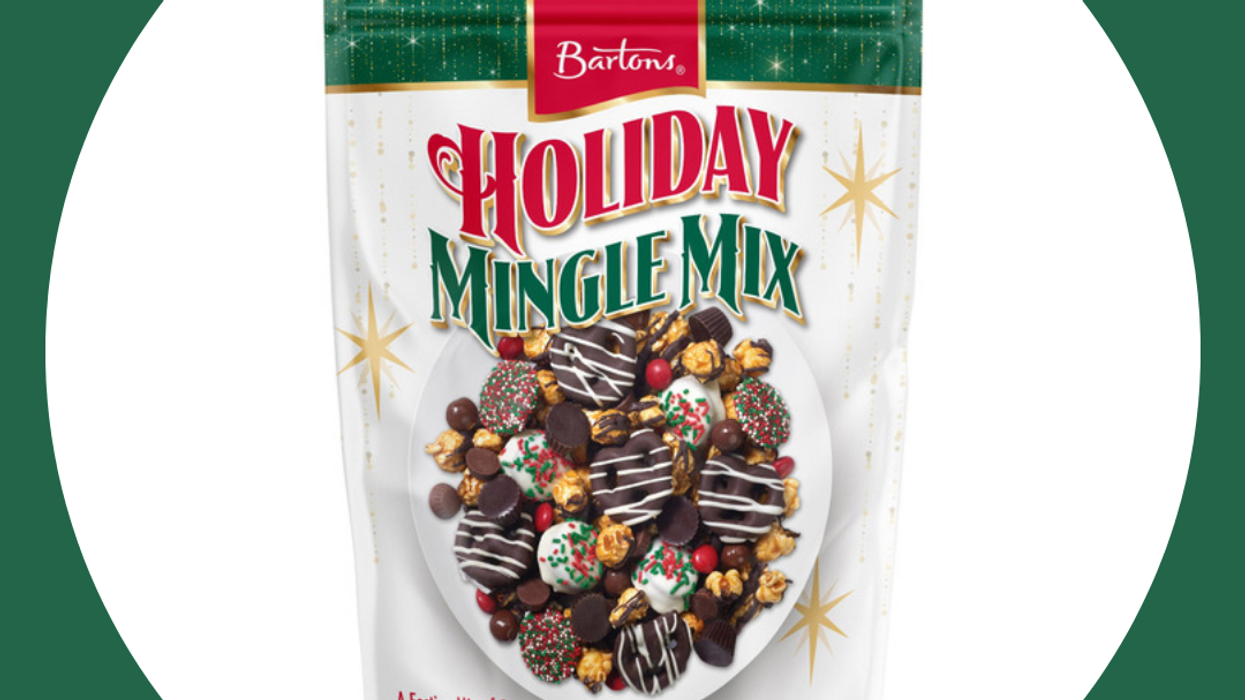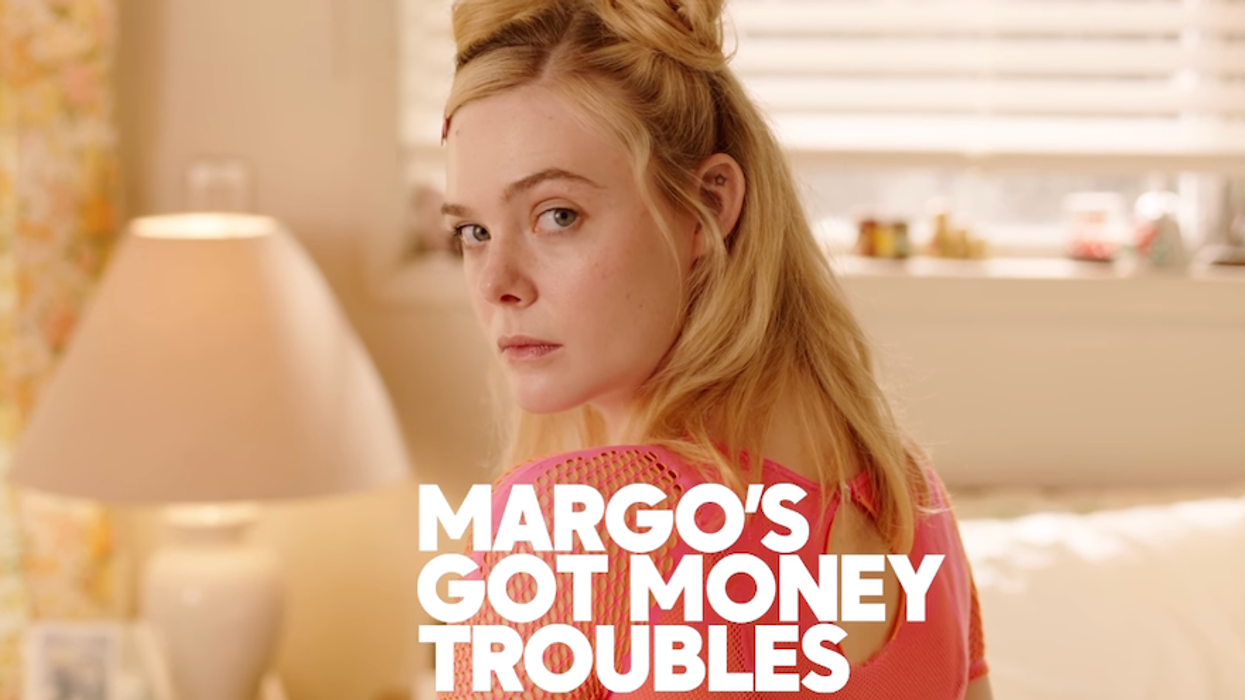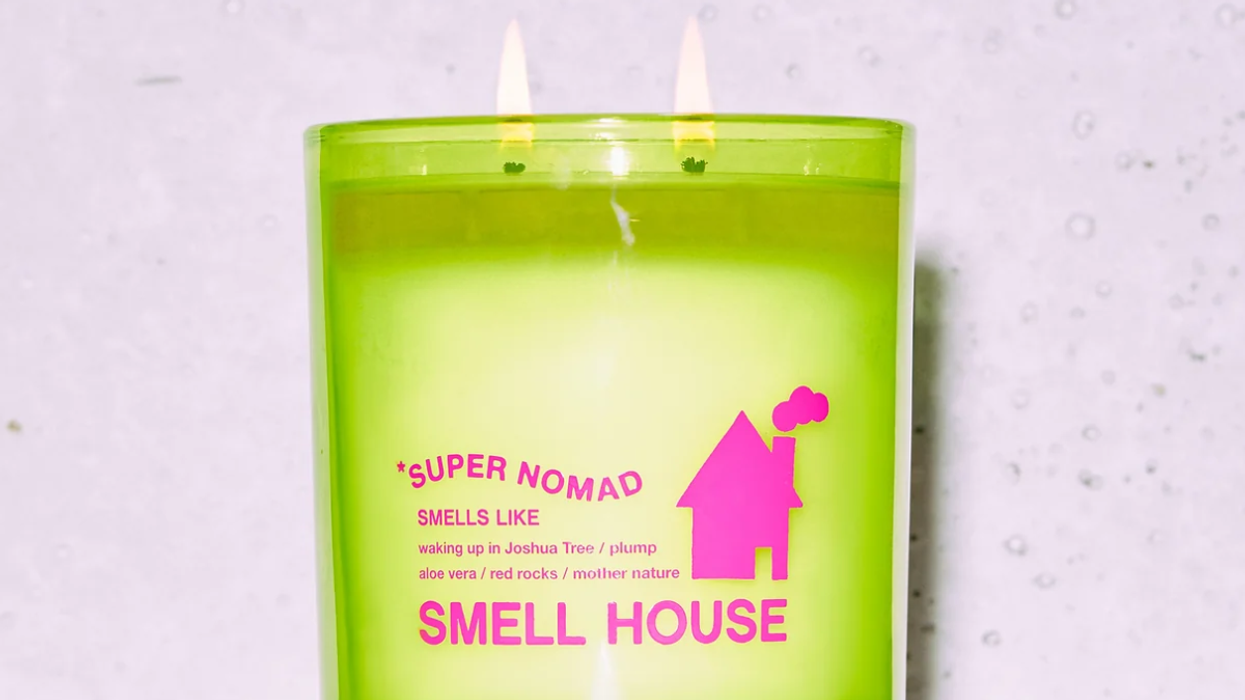Waste not, want not.
Easy Zero-Waste Cooking Hacks, Just In Time For The Holidays
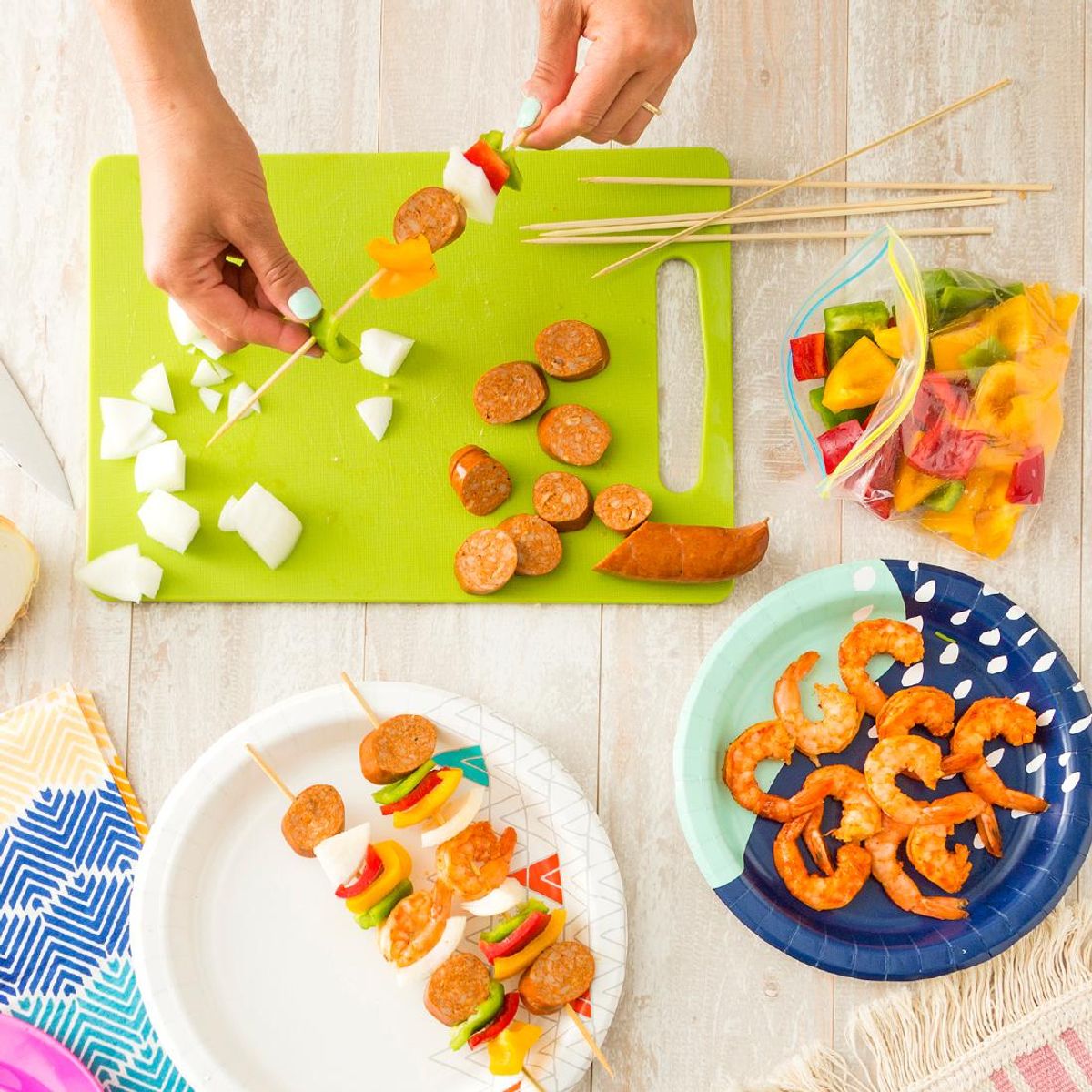
Chloe Williams serves as B+C’s Entertainment Editor and resident Taylor Swift expert. Whether she’s writing a movie review or interviewing the stars of the latest hit show, Chloe loves exploring why stories inspire us. You can see her work published in BuzzFeed, Coastal Review, and North Beach Sun. When she’s not writing, Chloe’s probably watching a Marvel movie with a cherry coke or texting her sister about the latest celebrity news. Say hi at @thechloewilliams on Insta and @popculturechlo on Twitter!
Zero-waste cooking may seem like an impossible idea, but you don't have to flip your life upside to down to reduce waste, especially in the kitchen. Whether you shop on websites like Imperfect Foods, Misfits Market, and Full Harvest that sell produce overlooked by other grocery stores, or you're eating nose-to-tail and root-to-shoot, using up all of your food is easier than you think. Along with some of our own ideas, we spoke to Maddy Rotman, Head of Sustainability for Imperfect Foods, for inspiration to help you reduce waste in your life.
What Is Zero-Waste Cooking?

According to the USDA, 30-40 percent of the food in the US is wasted, and becoming more sustainable in the kitchen won't look the same for everyone. It might change depending on your life stage, diet, and the time and products you have at your disposal.
The goal, of course, is to eliminate food and packaging waste entirely — but that often isn't fully realistic. As a rule, zero-waste cooking involves consuming ALL of your food (so, using broccoli stems rather than throwing them away), and avoiding disposable packaging by choosing fresh meats and vegetables above packaged items.
Tips And Tricks For Beginners
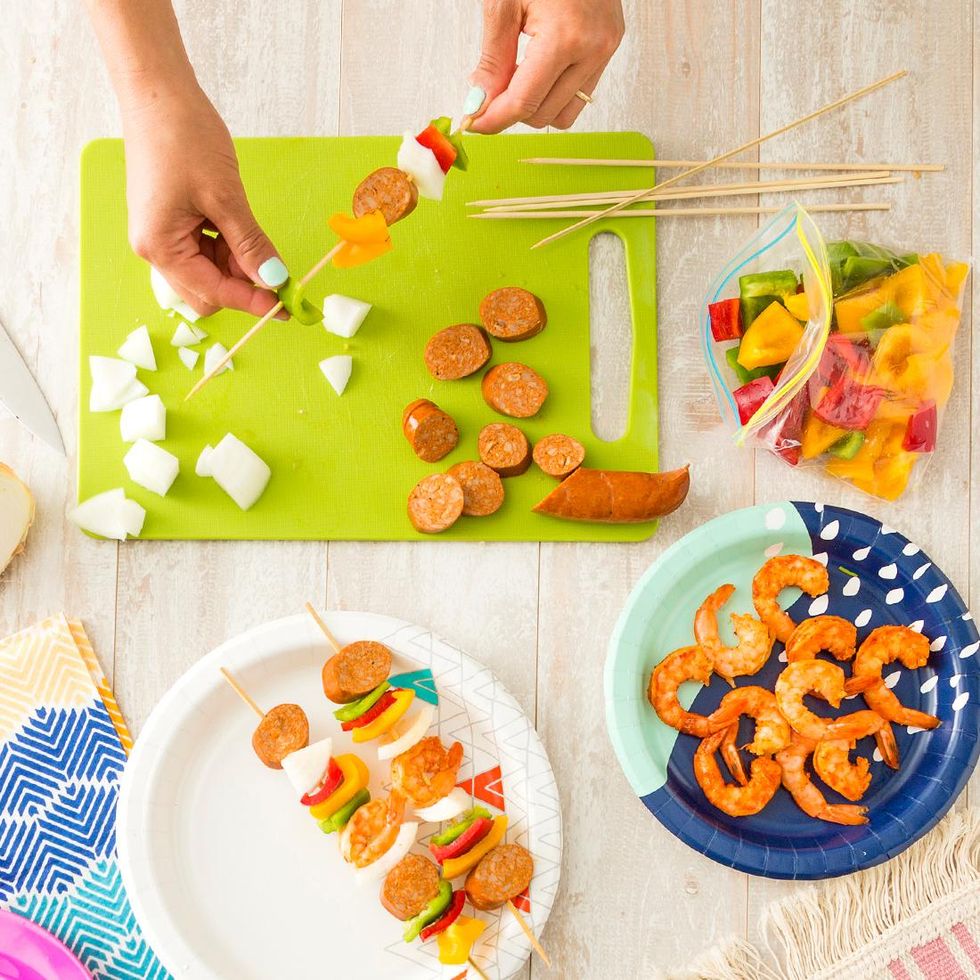
No matter where you live or what stage of life you're in, there are some things that everyone can do to help minimize waste. Check out these ideas for your own meal prep!
Shop Smart
"Shop with a list and a plan," Rotman says. Make a realistic meal plan with all the ingredients you'll need before you head out. "It's a great idea to plan meals that share ingredients to ensure you're using everything you buy."
Bring your own tote bag to the grocery store instead of taking home the plastic bags they offer. If you can't cut out packaging entirely, consider buying your groceries in bulk to minimize packaging (you can freeze what you don't need at the moment), and ask if the deli will let you use a reusable container. If that's not an option, see if they'll wrap it up in paper, which is biodegradable and compostable, rather than plastic.
When it's in season, visit your local farmer's market to support the local economy, buy fresh produce, and cut down on packaging.
Eat Plant-Based
One way you can cut down on waste is to go plant-based. According to Carbon Brief, the meat and dairy industries are the cause of 14.5 percent of all man-made greenhouse gases. While it might not be feasible for you to cut out all meats, cutting down on your meat consumption is definitely an option — just be sure you're replacing your meat with fresh veggies, not packaged vegetarian substitutes!
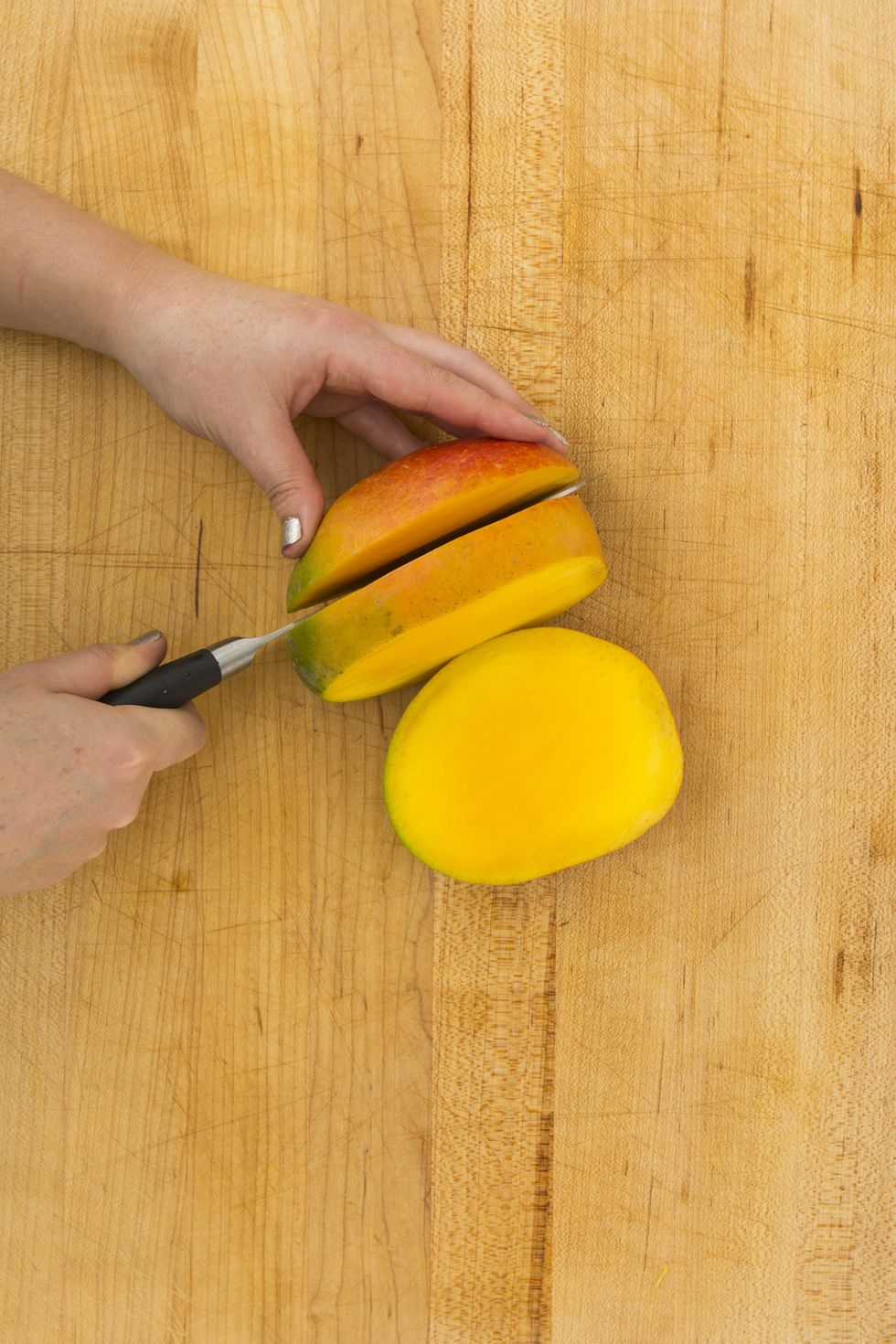
Make Food Last Longer
Storing fruit and veggies in the fridge once they begin to ripen is definitely an easy way to extend their life. Avoid grouping certain fruit together (like keeping apples and bananas away from lemons and grapes) to keep them from going bad too quickly.
It's also a great idea to find other uses for foods that are at risk of going bad.
"Make stock! Save your meat scraps, parmesan rinds and unused parts of vegetables, like celery stalks or scallion roots, to make a delicious stock that you can use for soups or store in the freezer until you need it," says Rotman.
You can also cut your vegetables into snack-size pieces that will be easy to grab when you open the fridge. Freeze both extra ingredients and leftovers so that you can eat them later.
Use Leftovers Creatively
As you're using up fruits and vegetables, pay attention to the parts that you can't consume. You might be able to use them in a different way, like making your own homemade cleaners.
"Make this fragrant, non-toxic cleaning solution using leftover citrus peels and white vinegar," Rotman says. "A clean house and less waste in the kitchen — it's a win-win!"
Another option: Turn the item into an ingredient for a different dish, like adding bananas to a smoothie or an avocado to pudding. You can also ask if someone else will take the food if you know you won't eat it before it gets bad.
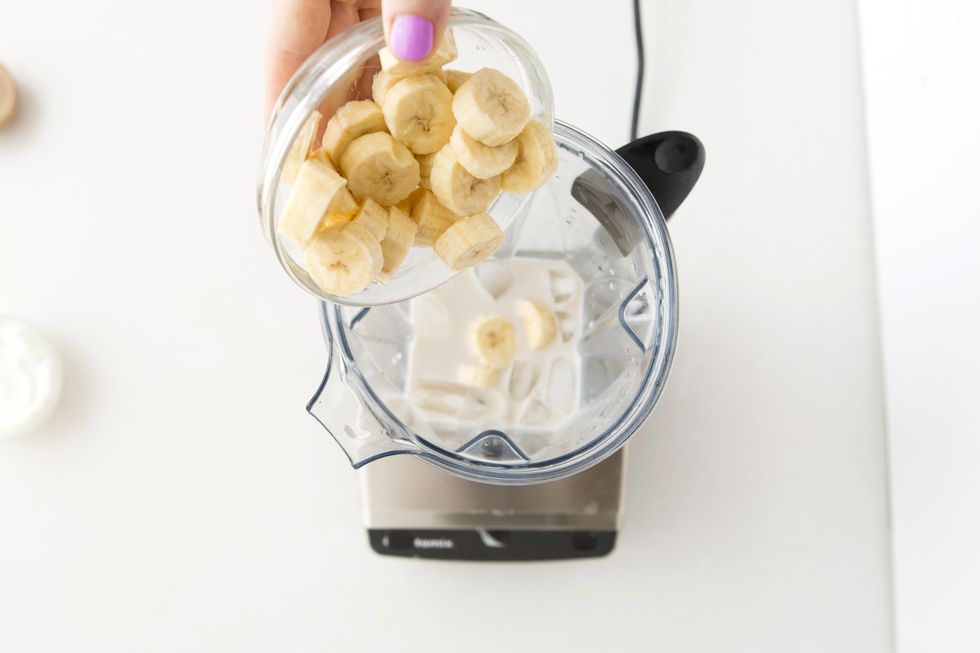
What To Do When Food Goes Bad
There are a few different ways you can still use up food once it's gone bad, without throwing it away. Set up a compost bin for your eggshells, banana peels, and other food items you can't eat. You can add the compost to your garden once spring comes.
Recipes
There are plenty of recipes for using up everything from leftovers to food scraps.
"I use my dinner leftovers as the base for my lunch the next day, adding some greens or perhaps an egg to make a meal out of what is left," Rotman says. "I also love using leftover vegetable scraps to make an easy sauce, transforming carrot tops or herbs that are about to expire into a chimichurri or pesto to dress up my leftovers and use up what's left."
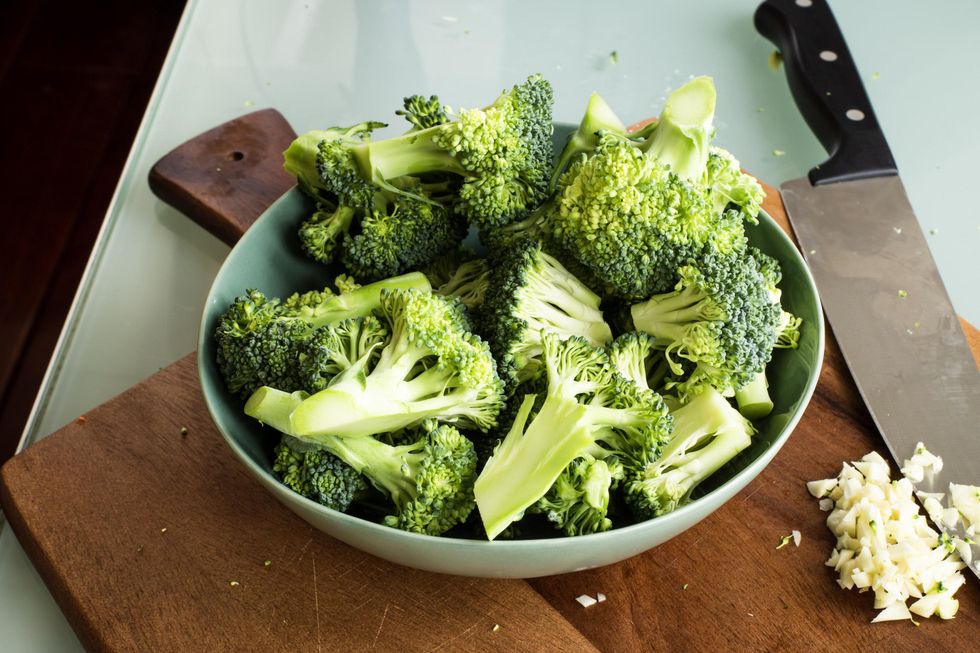
Image via Louis Hansel/Unsplash
Broccoli Stalks
Whether you're prepping broccoli casserole for Thanksgiving or making broccoli cheese soup, keep those stalks! Instead of chucking them in the trash, turn them into fries. Pass the aioli please.
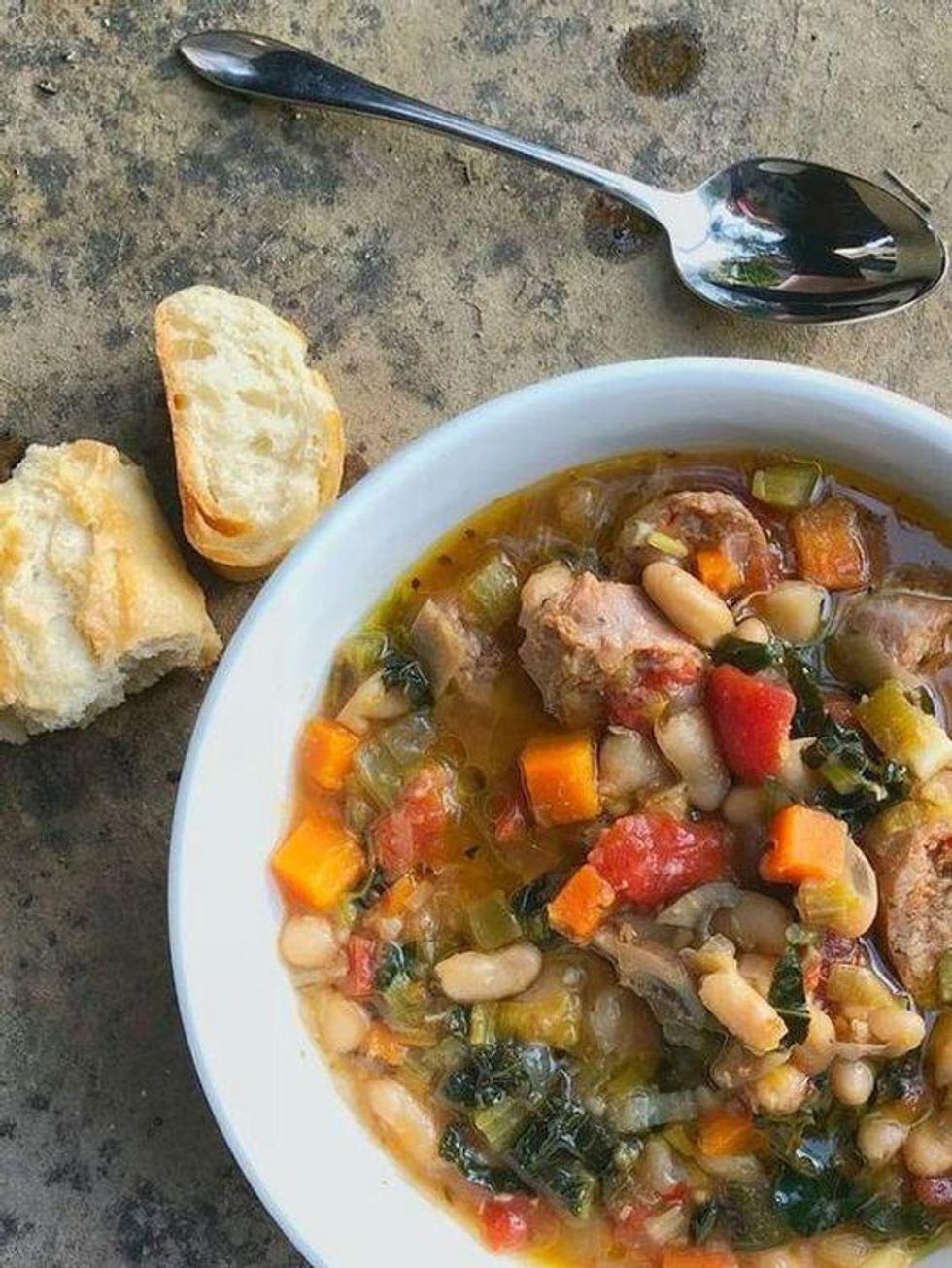
Image via Brit + Co
Ridiculously Easy Instant Pot Tuscan White Bean Soup
One of the easiest ways to use up a variety of veggies is to use them together in a soup. This recipe uses eight different vegetables, Italian sausage, and plenty of white beans for a filling dinner that will use up all those veggies you have in your fridge. Feel free to use whatever veggies you have on hand!
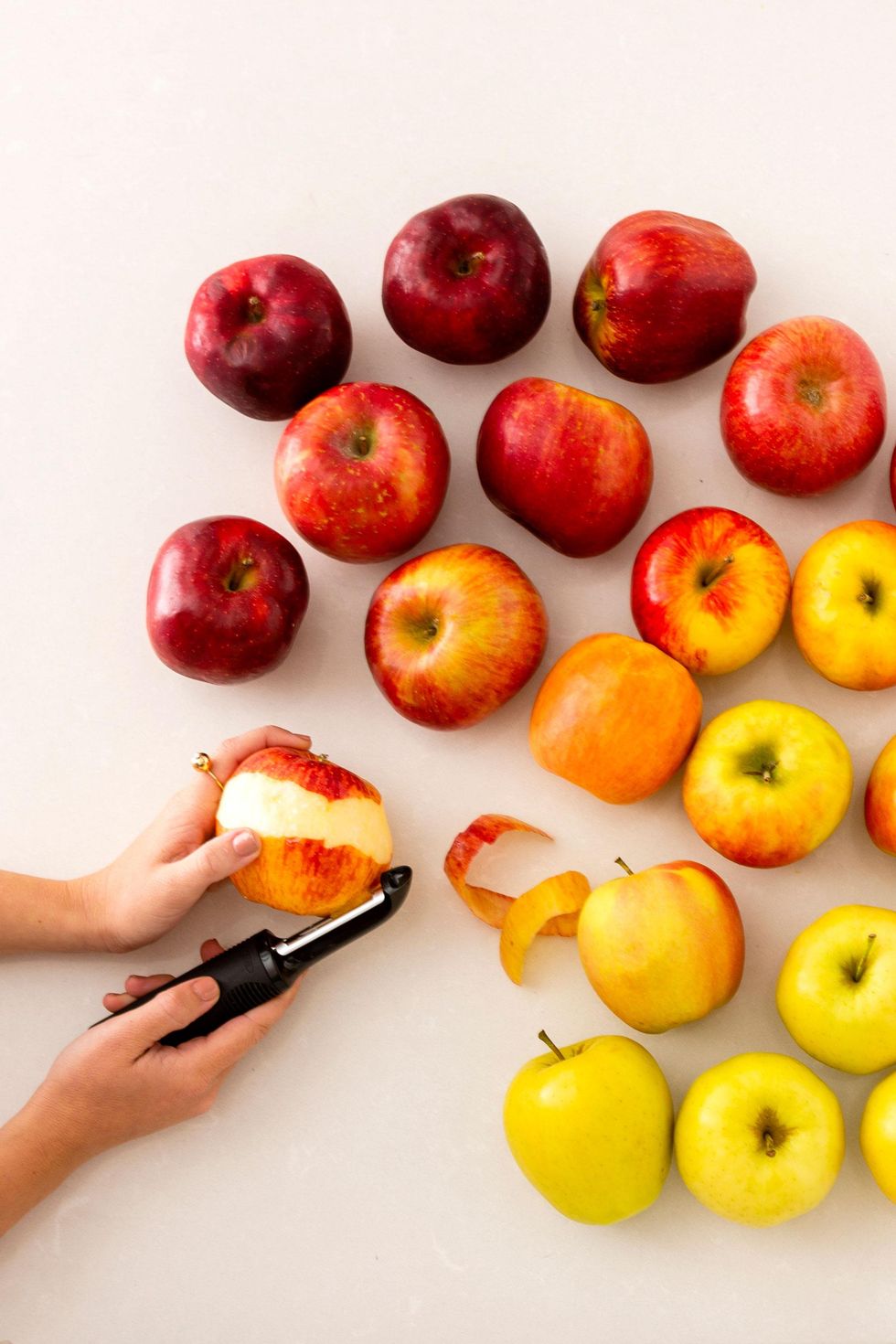
Image via Brit + Co
Apple Core Juice
An apple a day keeps the... waste away? Add your cores and peels to a pot of water, sprinkle in some sugar, and let it simmer for some easy DIY apple juice.
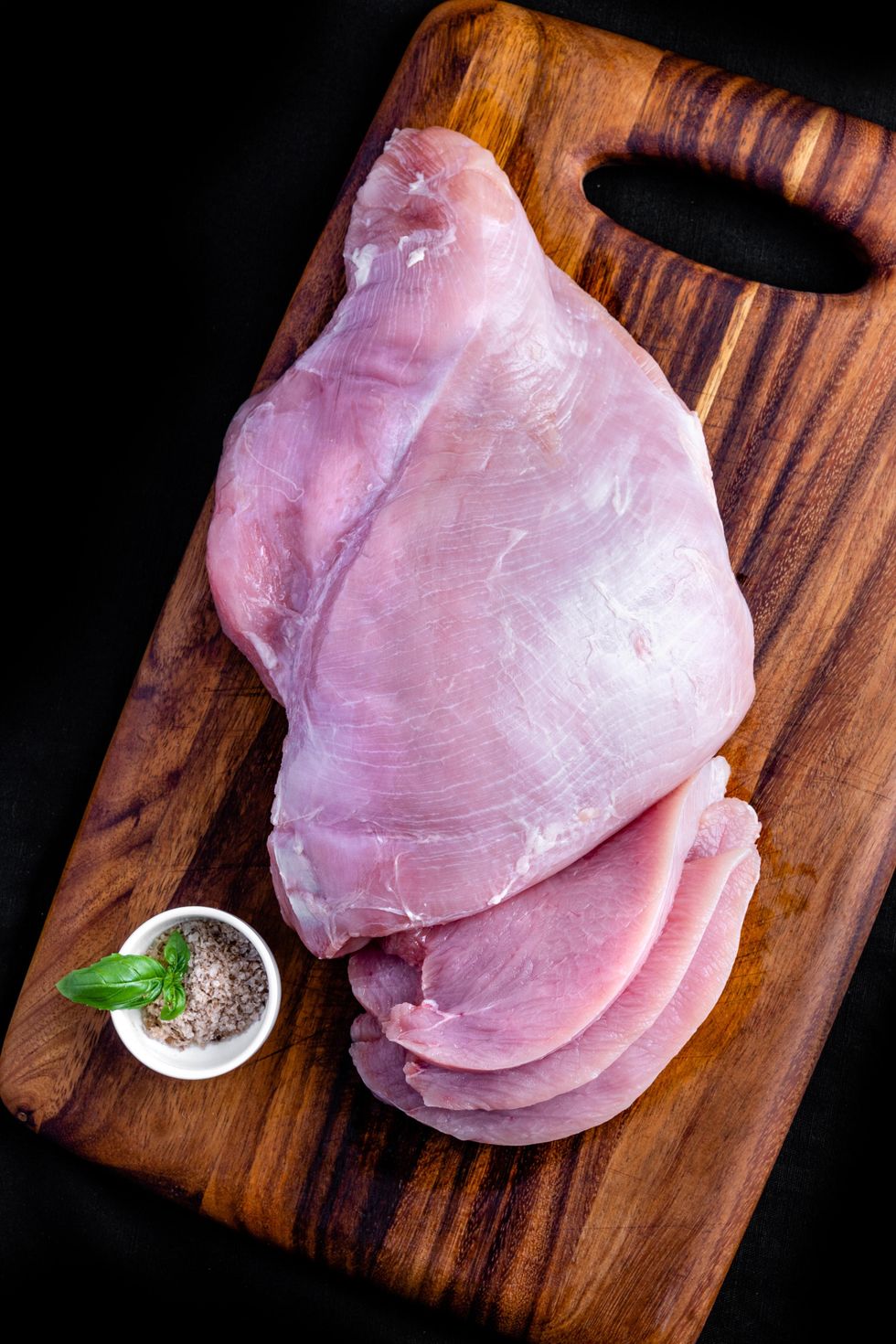
Image via Eiliv-Sonas Aceron/Unsplash
Chicken Liver Pâté With Sage, Apple and Thyme
We understand that eating offal (an animal's organ meat) might not sound great at first, but this chicken liver pâté might just change your mind — and organ meat is REALLY healthy. Cooked with spices, brandy, and shallots, this liver dish becomes something you won't want to miss.
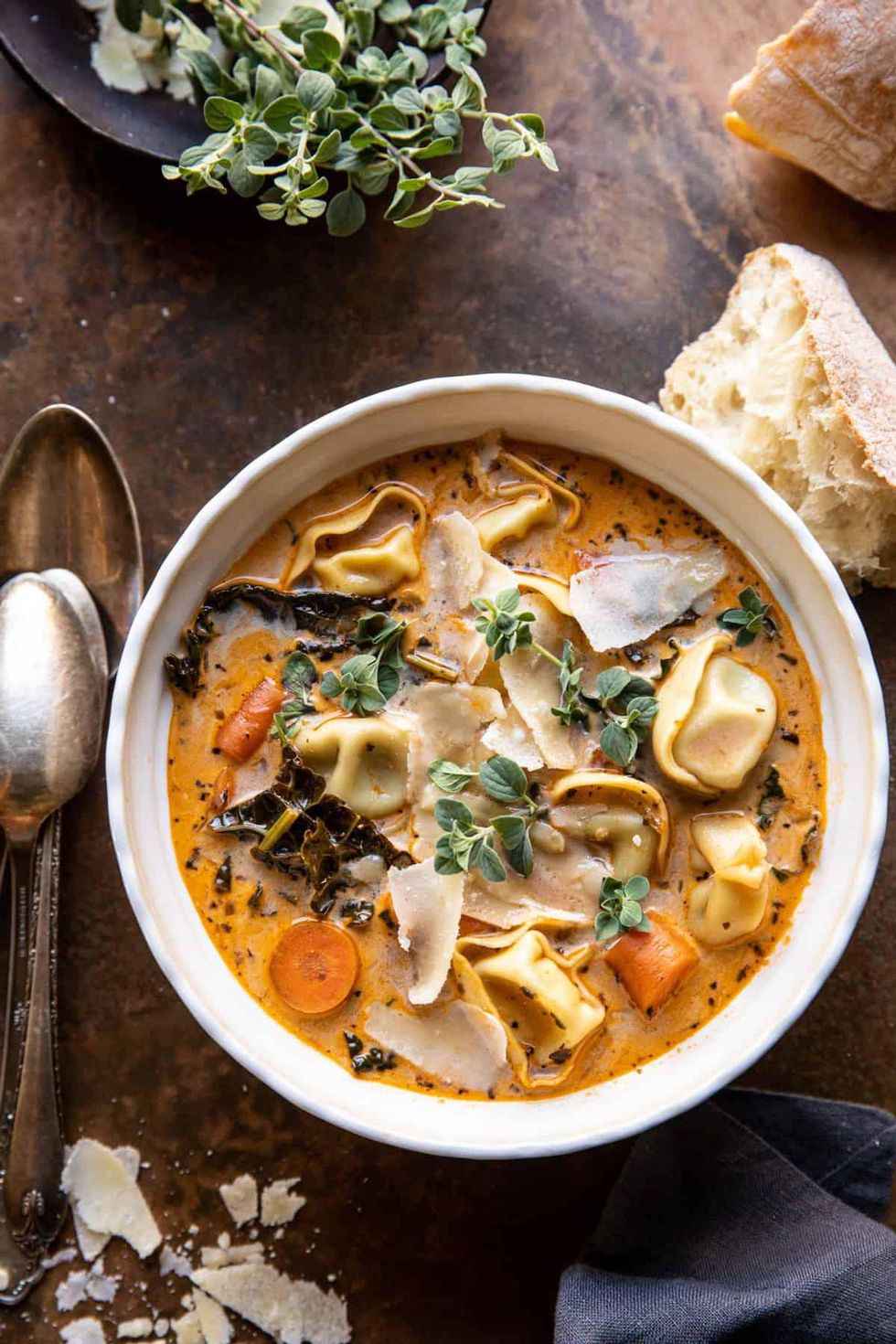
Image via Tieghan Gerard of Half Baked Harvest
Half Baked Harvest's Slow Cooker Creamy Tortellini Vegetable Soup
Hot soup on a cold day always hits the spot. All you have to do with this easy recipe is throw your veggies into your Crock Pot!
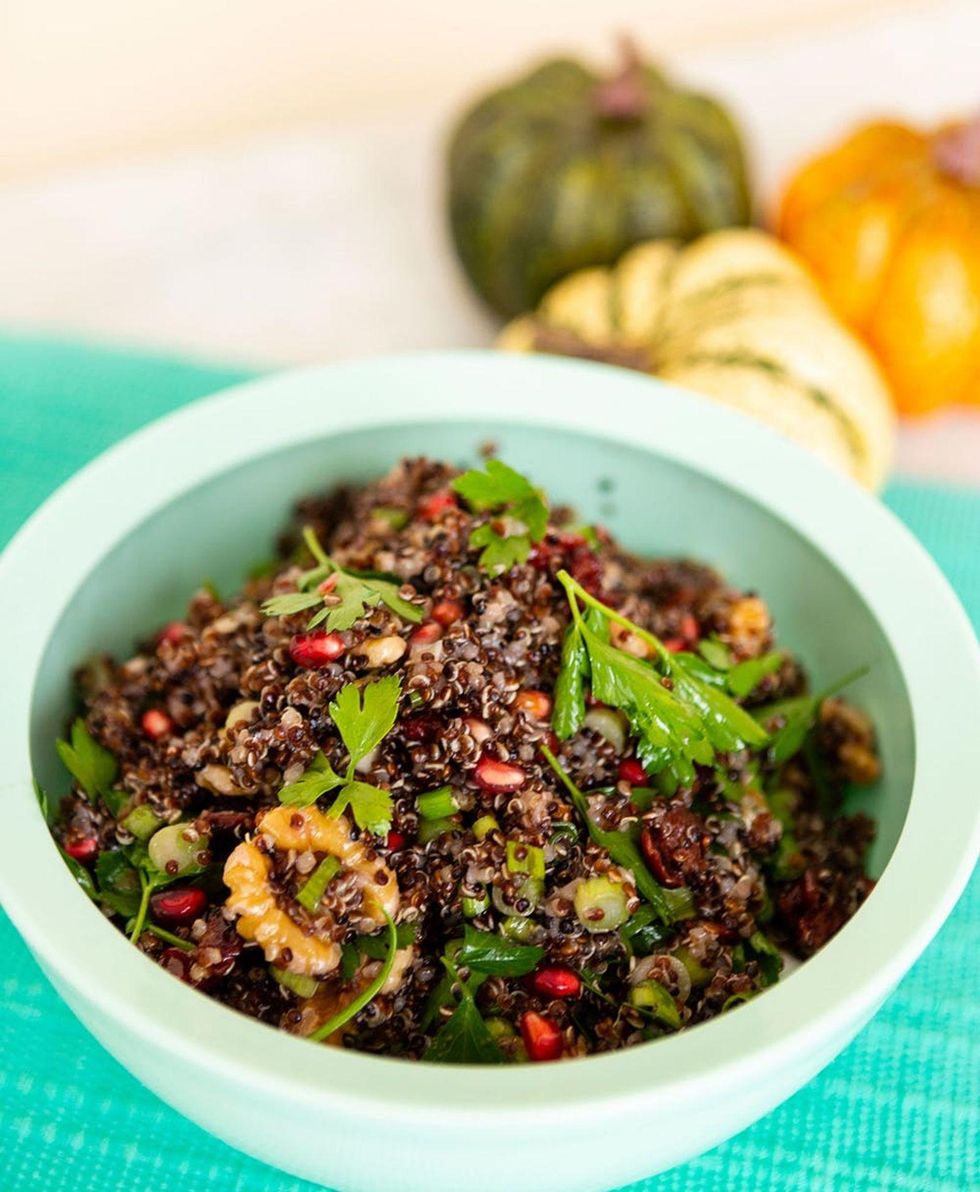
Image via Brit + Co
Healthy, Fall Quinoa Salad
Salads are quick, simple, and because they're totally customizable, they're a great allergen-friendly recipe. With fruit, veggies, and DIY salad dressings, the possibilities are endless.
Follow us on Pinterest and check out our online cooking classes for more zero-waste cooking inspiration!



